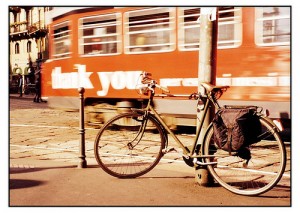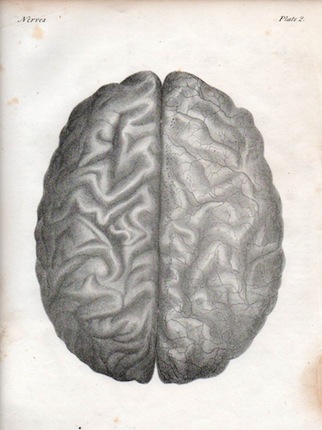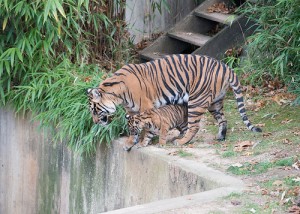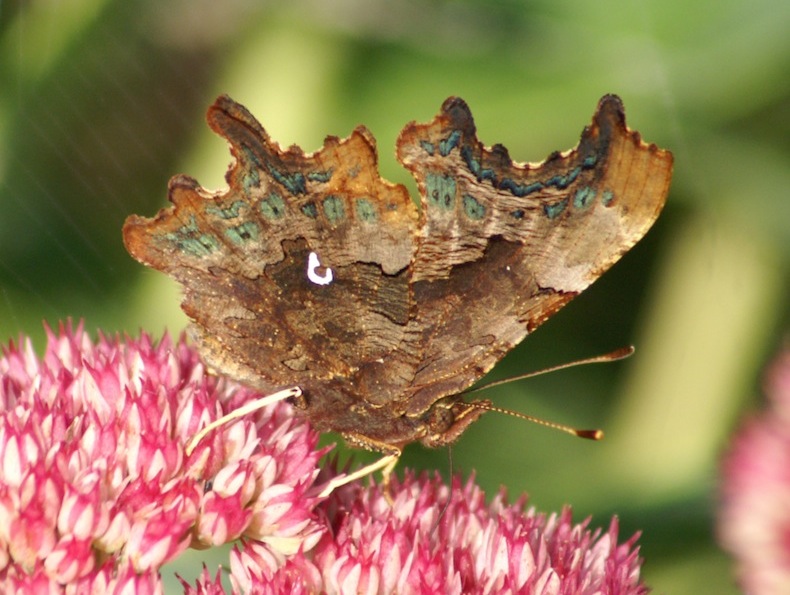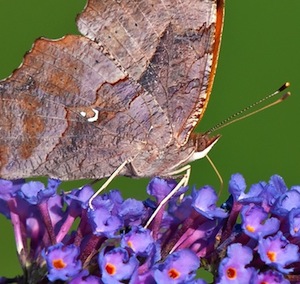
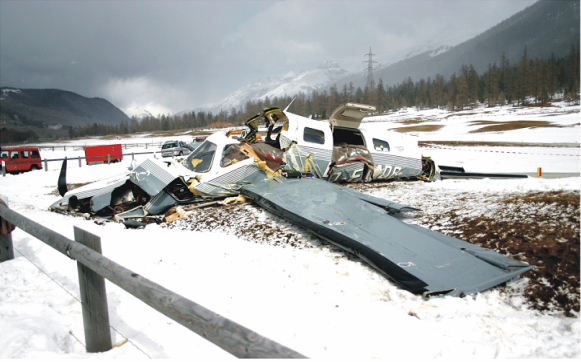
For most of my life, I’ve been obsessed with plane crashes. It began when I was in first grade, and my dad and his squadron went to Turkey on TDY (temporary duty assignment — the military equivalent of a business trip). They were there to practice dropping bombs from their fighter jets. Dad qualified as mission ready on the day that Charlie Koster died ejecting from his F-4. I became mission ready too — prepared for the next plane crash.
My little sister and I were back at home, getting ready for the walk to the school bus, when Mom gave us the news. I can still hear her words echoing against the stone entryway to our house in a West German village off-base. “Life’s not fair Christie. You might as well learn that now.”
I could never accept this message on fairness, but I did internalize the expectation that planes will fall from the sky even when the bad guys aren’t shooting at them. To this day — nine years after my father retired from flying — I can still close my eyes and re-enter the nightmare that plagued my nights for so many of the years that Dad spent in the cockpit. The dream took place in many settings, but the sequence of events was always the same. I’d be walking amid the rolling green hills of the Eiffel, or the damp fields of Korea or New Mexico’s dusty desert, and suddenly I’d feel the rumble of a jet overhead. I’d know it before the pilot did — the plane was about to crash in a giant fireball. The pilot would die, right before my eyes. Every time I closed my eyes, it was groundhog day all over again. Plane. Crash. Boom!
The recurring nightmare convinced me that this sequence of events was inevitable. A plane would crash. Someone would die. I’d witness everything. I spent my childhood preparing myself for the inevitable trauma.
It turns out, the nightmare was true. Continue reading →
